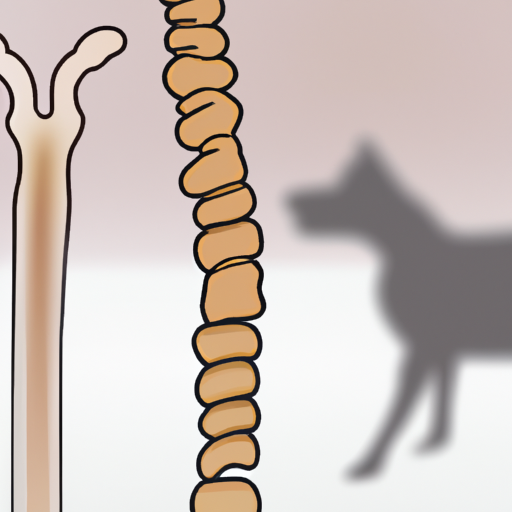As a caregiver, your paramount concern is the well-being of those under your care. When it comes to dogs, they are no exception. This includes being vigilant about any potential health issues, such as the presence of parasites like tapeworms. Understanding what tapeworms look like in dogs is vital in ensuring their health and happiness.
1. Understanding Tapeworms
Tapeworms are intestinal parasites that latch onto your dog’s intestine and grow by consuming nutrients from your dog’s food intake. They are flat and segmented, with each segment being capable of reproducing. These segments, or proglottids, are what you’re likely to spot in your dog’s feces.
Table: Tapeworm Species in Dogs
| Species | Description |
|---|---|
| Dipylidium caninum | Most common, transmitted by fleas |
| Taenia | Transmitted by ingestion of prey or raw meat |
| Echinococcus | Rare, but can cause severe disease in humans |
2. Identifying Tapeworms in Dogs
In dogs, tapeworms often resemble grains of rice or seeds. They may be visible in your dog’s stool or around their rear end. These segments are usually white or light-colored, and may move if recently passed.
- In the stool: Look for white, rice-like segments or pieces.
- Around the rear: Check your dog’s rear end for any signs of these rice-like segments.
- Vomiting a worm: In rare cases, your dog might vomit a longer piece of tapeworm, which could look like a flat, long white worm.
3. Effects of Tapeworms on Dogs
While not typically life-threatening, a tapeworm infection can cause discomfort and health issues in your dog. This can include weight loss, dull coat, increased appetite, and itching or scooting their rear on the ground.
In severe cases, tapeworms may lead to:
- Intestinal blockage
- Inflammation of the intestine
- Malnutrition
4. Preventing and Treating Tapeworms in Dogs
Fortunately, preventing and treating a tapeworm infection in your dog is well within your reach.
- Prevention: Regular flea control is key, as fleas are the most common method of transmission. Also, avoid letting your dog consume raw meat or prey animals.
- Treatment: If your dog does contract tapeworms, there are several effective treatments available. Your vet can prescribe a deworming medication that will kill the tapeworms, allowing your dog to pass them out of their system.
5. Frequently Asked Questions
Q: Can I get tapeworms from my dog?
A: Yes, but it’s rare. The most common way would be by accidentally swallowing a flea infected with tapeworm larvae.
Q: How quickly do tapeworm medications work?
A: Most tapeworm medications kill the adult tapeworms within 24 hours after they are given.
Q: Can my dog get tapeworms again after being treated?
A: Yes, dogs can get re-infected with tapeworms if they continue to have fleas or consume raw meat or prey animals.
Knowledge is the first step towards action. Now that you know what tapeworms look like in dogs, you’re better equipped to ensure the health of your four-legged friends. As a caregiver, your vigilance makes all the difference.



